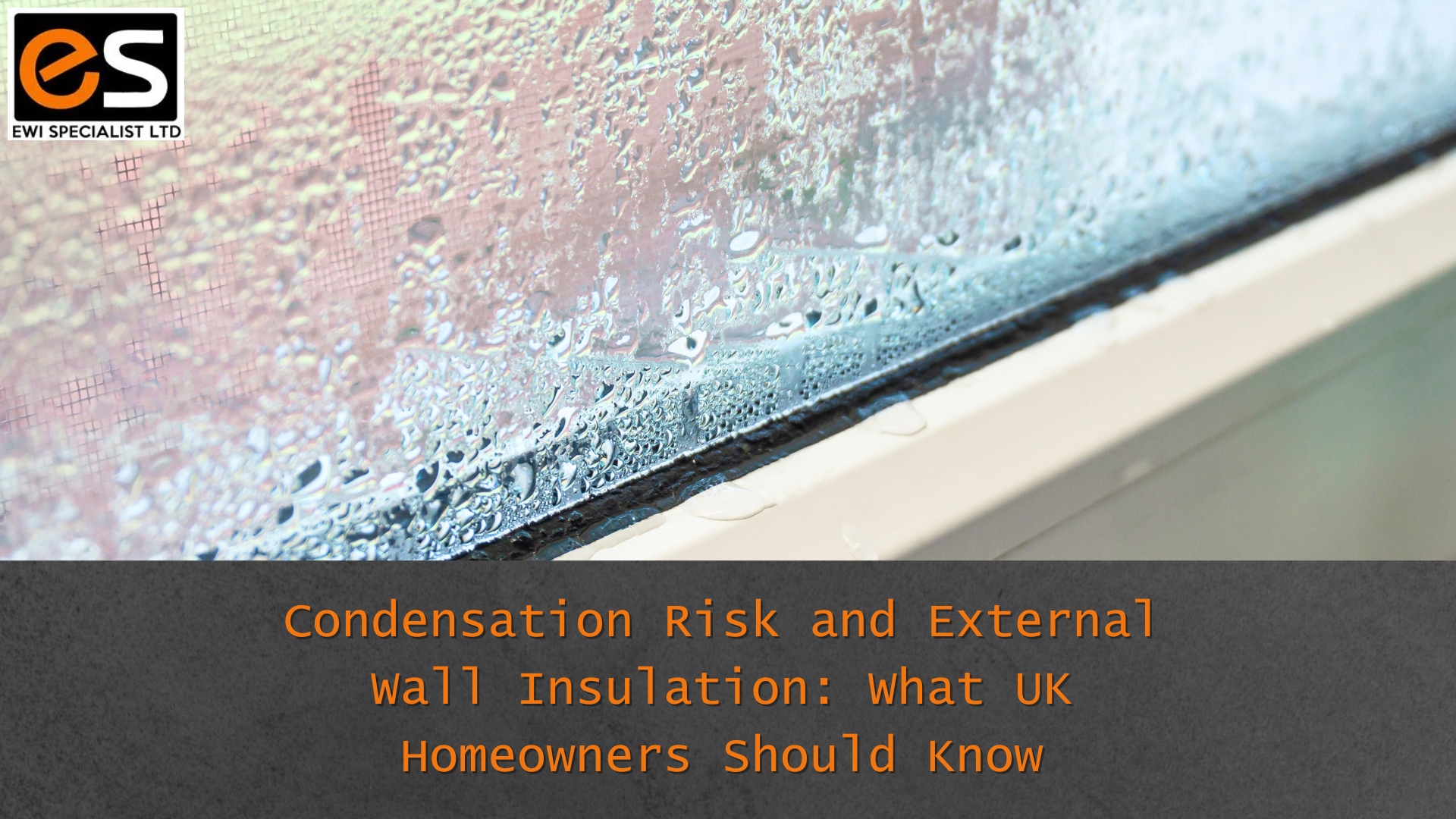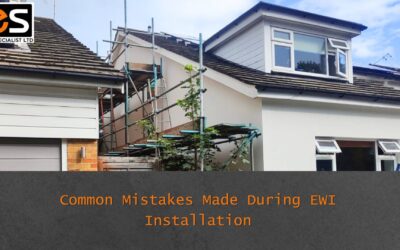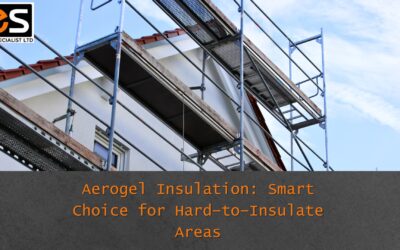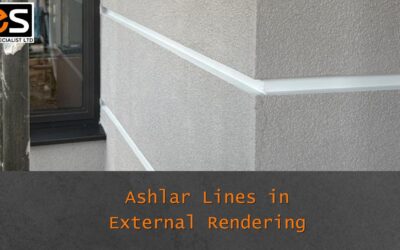Condensation is a common issue for many homeowners in the UK. With our cold, damp climate and older building stock, it’s no surprise that moisture builds up inside walls, windows, and corners. But this isn’t just about steamed-up glass, left untreated, condensation can lead to mould, health problems, and long-term damage to your home.
Understanding condensation risk and how external wall insulation can help is key to protecting your property and improving indoor comfort.
In this blog, we’ll break down what causes condensation, why it’s so common in UK homes, and the practical steps you can take to reduce it, including how external wall insulation helps prevent condensation and keeps your home warm and dry.
Content Page
- What Is Condensation?
- Why Is Condensation So Common in the UK?
- What Causes Condensation?
- Common Problems Caused by Condensation
- How to Reduce the Risk of Condensation Indoors
- Condensation Risk and External Wall Insulation
- Key Benefits of EWI in Combating Condensation
What Is Condensation?
Condensation happens when warm, moist air meets a cold surface like a window, wall or ceiling and turns into water droplets. It’s something many homeowners notice after cooking, showering, or drying clothes indoors, particularly in homes with poor ventilation.
From a technical perspective, this happens when the temperature of the surface drops below what’s known as the dew point, the point at which air can no longer hold all its moisture, causing water vapor to condense into liquid.
Although it might seem harmless at first, over time it can lead to damp patches, peeling paint, musty smells, and even black mould. Left untreated, it can damage the structure of your home and impact your health.
Why Is Condensation So Common in the UK?
The UK’s damp, cool climate, combined with older housing stock, makes condensation a widespread issue. Many homes were built without modern insulation or ventilation systems, and are therefore more vulnerable to moisture build-up.
High indoor humidity levels are another factor, everyday activities generate large amounts of water vapour. Without sufficient ventilation or moisture control, that humid air gets trapped and settles on the coldest surfaces, especially during colder months.
Where Does Condensation Typically Appear?
Condensation tends to form first in cold or poorly insulated areas, such as:
- Window and door reveals
- Cold bridges, including lintels, ring beams, or balconies
- Uninsulated external walls and corner junctions
What Causes Condensation
Here are the main reasons condensation builds up indoors:
- Poor ventilation – If your home doesn’t have enough airflow, especially in steamy areas like bathrooms and kitchens, the moist air gets trapped. Without somewhere to escape, it settles on the coldest surfaces.
- High indoor humidity – Everyday activities like showering, cooking, boiling the kettle, and drying laundry indoors add moisture to the air. If there’s no way for that damp air to get out, it turns into condensation.
- Cold surfaces from poor insulation – Walls and ceilings that aren’t properly insulated stay colder inside. When warm air touches them, water forms. You’ll often notice this on external walls, around windows, or in corners.
- Temperature differences across building elements – Certain parts of the home, like window reveals, junctions or areas where insulation is missing get colder than others. These cold spots are called thermal bridges and are often where condensation shows up first.
- No vapour barrier – In some cases, there’s no proper barrier to stop warm air from getting into colder parts of the wall. When that happens, moisture can build up inside the structure, which can eventually lead to damp or even mould.
Common Problems Caused by Condensation
Condensation may seem minor at first, but over time it can lead to a wide range of issues that affect both your home and your health. Below are the most common problems caused by ongoing moisture build-up.
- Mould and Mildew Growth
Condensation creates the perfect damp environment for mould and mildew to grow, especially on cold surfaces such as walls, ceilings, window reveals, and corners. This can result in black stains, musty smell, and discolouration of paint or wallpaper.
- Health Risks
Exposure to mould spores can aggravate respiratory conditions and may trigger allergies or skin irritation, particularly in children, the elderly, or those with weakened immune systems.
- Reduced Energy Efficiency
When insulation materials absorb moisture, they become less effective. This means more heat escapes from your home, increasing your energy usage and bills, making it harder to maintain a comfortable indoor temperature.
- Structural Damage
Persistent damp can weaken your building over time. Moisture may cause timber to rot, corrode metal fixings, or lead to cracks and flaking in paint or render. If left unaddressed, condensation can speed up the deterioration of key structural elements.
- Poor Indoor Air Quality
High humidity and mould growth contribute to stale, unpleasant indoor air and can make your living environment feel stuffy or damp. Over time, this can impact the well-being of occupants.
How to Reduce the Risk of Condensation Indoors
Condensation can be effectively managed, or even prevented by addressing key areas such as insulation, ventilation, humidity control, and thermal bridging. Here are some practical ways to reduce the risk:
- Install High-Quality Insulation
Proper insulation helps maintain warmer internal wall surfaces, reducing the chance of condensation forming. When installed correctly, external wall insulation (EWI) keeps interior surfaces above the dew point, preventing moisture from turning into liquid on walls or ceilings. It also improves comfort and energy efficiency, making your home warmer and cheaper to heat.
- Use Breathable Materials
Building materials that are vapour-permeable allow moisture to pass through the wall structure, rather than becoming trapped inside. This helps regulate humidity levels and reduce the likelihood of interstitial condensation forming within the wall layers.
- Apply Vapour Control Layers in the Right Place
To prevent warm, moist air from reaching cold surfaces inside walls, vapour control layers (also called vapour barriers) should be installed on the warm (interior) side of the insulation.
- Improve Ventilation
Good ventilation is essential to remove excess moisture from indoor air. Use extractor fans in kitchens and bathrooms, open windows regularly.
- Control Indoor Humidity
Small lifestyle changes can help reduce humidity indoors. Dry clothes outside whenever possible, use lids when cooking, and run a dehumidifier in rooms prone to damp. Keeping indoor humidity at a healthy level (between 40–60%) will significantly lower condensation risk.
- Eliminate Thermal Bridges
Thermal bridges are cold spots in the building envelope, and are prone to surface condensation and mould. Modern insulation systems and careful detailing during installation can help eliminate these weak points.
Condensation Risk and External Wall Insulation
EWI acts as a thermal barrier, helping to keep the interior walls warmer, especially during colder months. By raising the surface temperature of internal walls, EWI significantly reduces the chance of condensation forming.
Key Benefits of EWI in Combating Condensation:
- Warmer Internal Surface: Reduces cold spots where condensation usually forms.
- Improved Indoor Comfort: Helps maintain a more stable and comfortable temperature inside the home.
- Eliminates Thermal Bridges: Professionally installed EWI seals off common cold spots.
- Protects the Building Fabric: The render layer shields walls from rain, wind, and frost, improving long-term durability.
When properly designed and installed, EWI significantly improves energy efficiency, lowers heating bills, and plays a key role in tackling condensation. By raising internal surface temperatures and eliminating cold spots, it helps protect both your home and the wellbeing of those living in it.
That said, condensation is rarely caused by just one issue. The most effective solutions combine good ventilation, proper humidity control, breathable building materials, and attention to thermal bridges.
In many homes, the real culprits are poor insulation, cold bridging, and a lack of airflow. With smart planning and the right materials, you can reduce the risk dramatically, creating a warmer, drier, and healthier living space for the long term.
Considering external wall insulation but not sure if it’s the right fit for your home? Get in touch today for expert advice and a free, no-obligation quote, we’re here to help.











